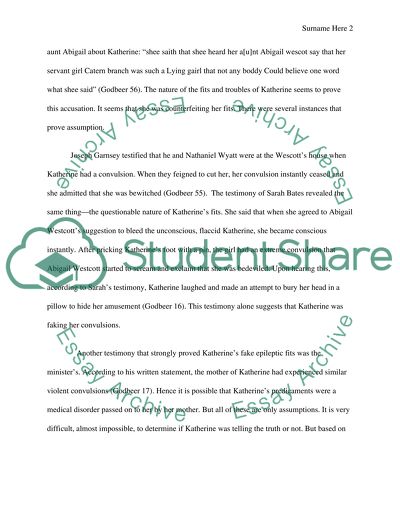Cite this document
(“Escaping Salem The other witch hunt of 1692 by Richard Godbeer Essay”, n.d.)
Retrieved from https://studentshare.org/history/1623421-escaping-salem-the-other-witch-hunt-of-1692-by-richard-godbeer
Retrieved from https://studentshare.org/history/1623421-escaping-salem-the-other-witch-hunt-of-1692-by-richard-godbeer
(Escaping Salem The Other Witch Hunt of 1692 by Richard Godbeer Essay)
https://studentshare.org/history/1623421-escaping-salem-the-other-witch-hunt-of-1692-by-richard-godbeer.
https://studentshare.org/history/1623421-escaping-salem-the-other-witch-hunt-of-1692-by-richard-godbeer.
“Escaping Salem The Other Witch Hunt of 1692 by Richard Godbeer Essay”, n.d. https://studentshare.org/history/1623421-escaping-salem-the-other-witch-hunt-of-1692-by-richard-godbeer.


